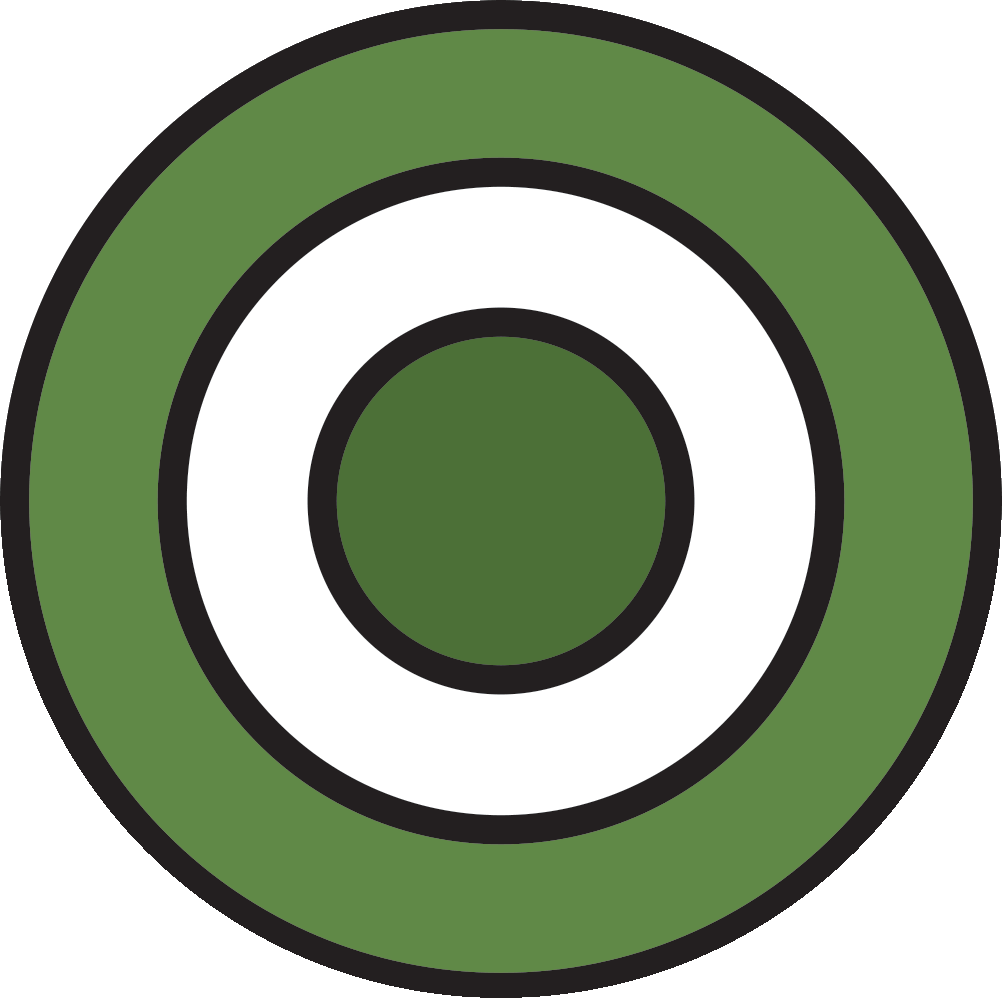NMSD Teaching and Learning

Video
Resources
-
The Art of Education: What are Learning Targets


TARGET
What do we want students to know and be able to do?
“What do we want students to know and be able to do? In standards-based schools, what students are to learn drives all planning, instruction, and assessment. The curriculum documents are the roadmap we use and assessment is the global positioning system that guides us to our destination. Just as the GPS we use in our cars replies on an accurate map to accomplish its task, effective formative and summative assessment depend on a the clear roadmap to important learning that a good curriculum provides.”
From—Classroom Assessment for Student Learning, by: Jan Chappuis, Rick Stiggins, Steve Chappuis, and Judith Arter, pg. 42.
As Rick Stiggins says in his book Classroom Assessment for Student Learning, having clear and concise learning targets are the foundation of any curriculum plan. For the North Marion School District we look at standards in the following ways:
The State Standards…The Foundation
-
The State Standards are the baseline of all of the work.
-
They are either the Common Core State Standard, Oregon Content Standard, or other Content standards.
-
They are divided into Priority Standards/Power Standards, Supporting Standards, or Other Standards.
The Power Standards…The Focus
-
Power Standards are the standards that are essential for student success. They represent those standards teachers will spend the most time emphasizing.
-
Power Standards, once mastered, give a student the ability to use reasoning and thinking skills to learn and understand other curricular objectives.
-
Supporting standards will be used to support the instruction of the Power Standards.
-
Students will be exposed to the remaining standards to a lesser degree.
The Learning Targets… The Steps
-
Targets are the essential skills/knowledge/or reasoning that is imbedded within the standard/power standard. They are the steps the students need to take to master the standard.
-
“A standard answers the question, “Where am I going in my learning” while learning targets show students the path way to get there.
-
Learning targets are categorized as either Knowledge Targets, Reasoning Targets, Skill Targets or Product Targets.
-
Targets are written in student friendly language, typically as “I can…” statements.
The classification of learning targets comes from the work of Rick Stiggins in his book Classroom Assessment for Student Learning. By understanding the type of Learning Target you have identified, you are better able to create assessments that do an accurate job of measuring student growth on that target. Learning Target types are well aligned with Blooms Taxonomy and Depth of Knowledge. For example, understanding and remembering fall easily into Knowledge Targets, Applying are Skill targets, Evaluating and Analyzing are Reasoning targets, and Creating are Product targets.
Clear learning targets also provide students and parents with a clear understanding of the learning that should be taking place in the classroom. This aligns with John Hattie’s work on Visible Learning. When students have a clear understanding of where they are expected to go/what they are expected to know and be able to do by the end of a unit or lesson, they are more like to reach that destination.
